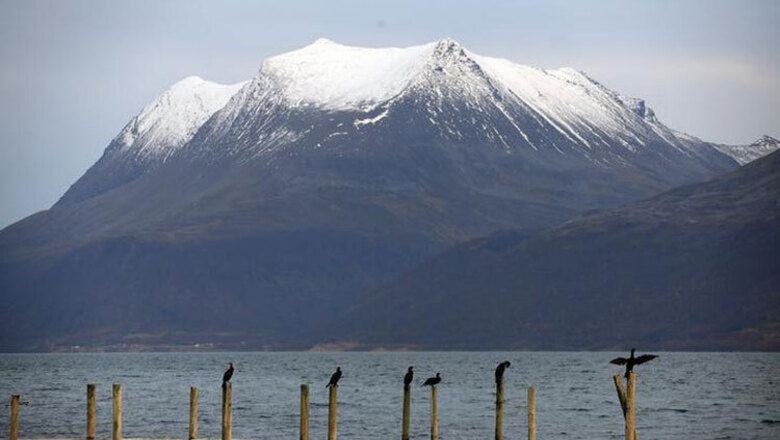
views
Miami: The Arctic is heating up, with air temperatures the hottest in 115 years, and the melting ice destroying walrus habitat and forcing some fish northward, a global scientific report said on Tuesday.
Air temperature anomalies over land were 2.3 degrees Fahrenheit (1.3 Celsius) above average, "the highest since records began in 1900," said the 2015 Arctic Report Card, an annual peer-reviewed study issued by the National Oceanic and Atmospheric Administration.
Meanwhile, the annual sea ice maximum occurred on February 25, about two weeks earlier than average, and was "the lowest extent recorded since records began in 1979."
"Warming is happening more than twice as fast in the Arctic than anywhere else in the world. We know this is due to climate change, and its impacts are creating major challenges for Arctic communities," said NOAA chief scientist Rick Spinrad at the annual American Geophysical Union fall meeting in San Francisco.
"We also know what happens in the Arctic doesn't stay in the Arctic," he said.
The report includes 70 authors from 10 countries, and is guided by an editorial team from the Office of Naval Research, the US Army Corps of Engineers' Cold Regions Research and Engineering Laboratory, and NOAA.
The average annual air temperature was measured over land between October 2014 and September 2015.
It marked a 5.4 degree Fahrenheit (three degrees Celsius) increase since the beginning of the 20th century.
The minimum sea ice extent, measured on September 11, 2015, was the fourth lowest in the satellite record since 1979.
Snow cover across the Arctic has also been declining, and is down 18 per cent per decade since 1979.
This year, Greenland experienced its first significant melting event since 2012, and lost more than half of its surface area.
However, the "advance of nine relatively wide glaciers resulted in a low annual net loss of 6.4 square miles (16.5 square kilometers)," said the report.
The melting trends have also allowed more sunlight to reach the upper layers of the ocean, promoting photosynthesis and stimulating the growth of algae.
"Widespread and exceptional phytoplankton blooms were observed in 2015 in Arctic seas along the edge of the continental shelf, including waters to the southwest and east of Greenland, in the Bering Sea between Alaska and Russia, and in the Barents, Kara and Laptev seas north of Russia," said the report.


















Comments
0 comment